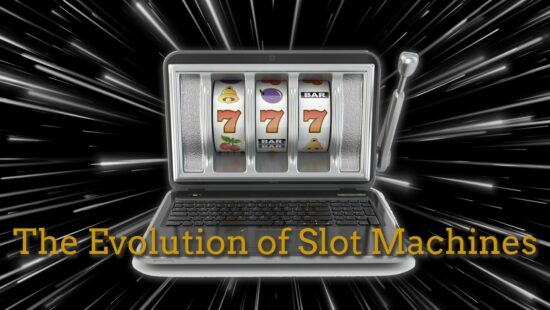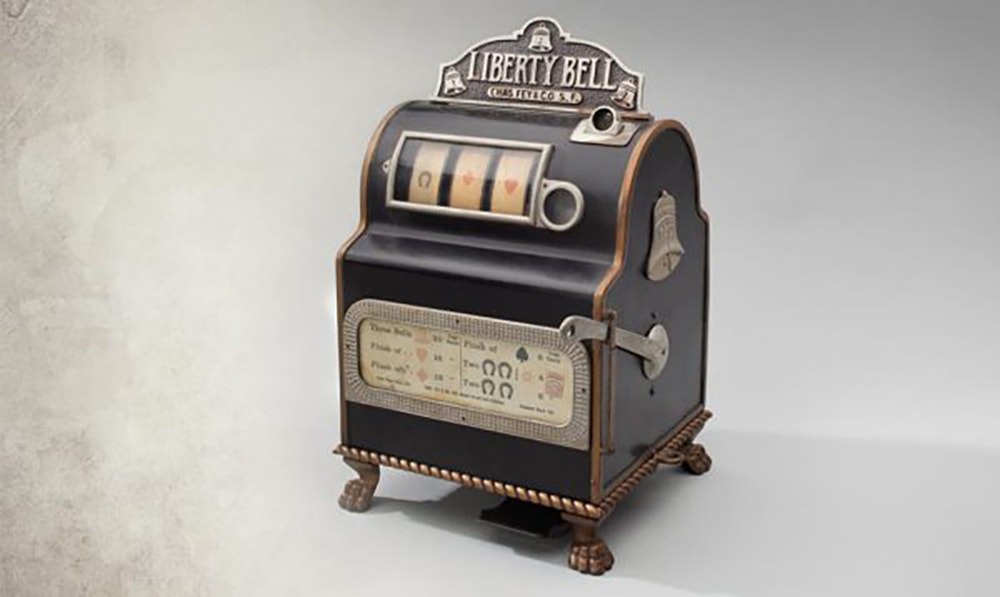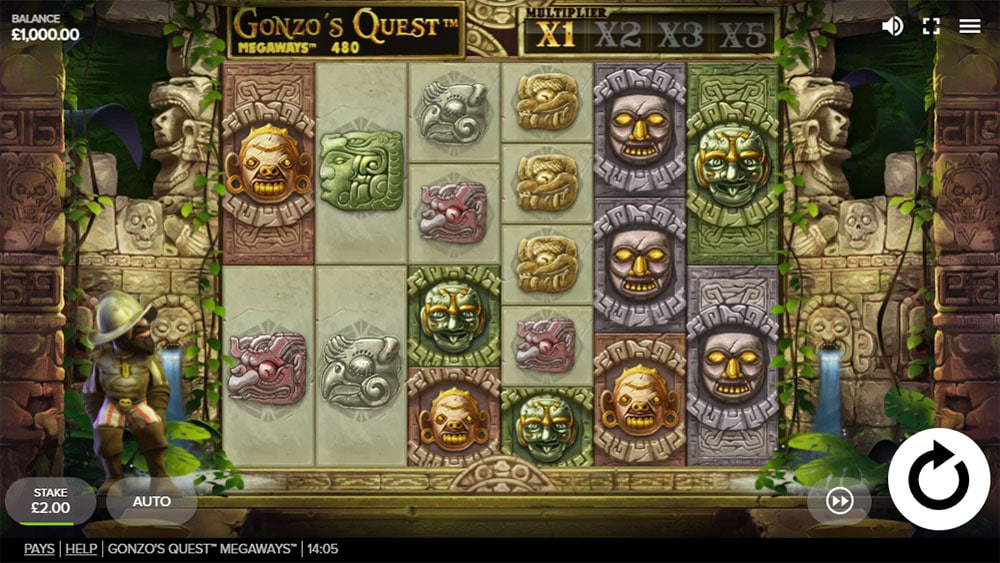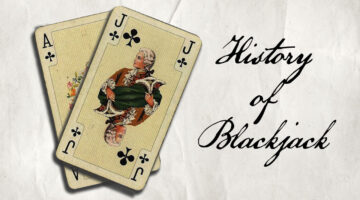The History of Slot Machines – The Graduation from Simple Slots
- By: Sean van der Merwe on November 2, 2021
- Categories: Gaming

Slot machines are popular among both land-based and online casino gamblers. The simple slots mechanics and luck-based outcomes make them easy to play. According to the stats, this is the winning recipe!
The figures reveal that between 65% to 85% of the gambling income at most retail casinos in the United States comes from slots. It’s only in Las Vegas that we see these numbers dwindle slightly, as high-stakes table games claw back some popularity from simple slots.
If you are interested in finding out more about slot machine history and the evolution of this popular game over the years, then you have certainly arrived on the right page.
What are Slot Machines?
The term “slot machine” was originally associated with automatic vending machines. Later, in the 20th Century, it became the exclusive term for gambling devices.
While the history of slot machines has seen a great evolution, thanks to the advancements of technology, the main concepts have remained constant. Simple slots gameplay incorporates several reels with icons on them that spin in a display window. Once they stop, there is a chance that matching symbols might line up across preselected paylines. If this is the case, the player is awarded a monetary reward. The amount awarded depends on the assigned value of the symbols and the number of successive symbols present in the winning combination. For instance, 5 matching symbols will award you better than 3 matching symbols, etc.
Slot game outcomes are 100% random, so there is no skill-based involvement in the win at all. Thankfully, players win prizes around the world every day. In fact, some of the jackpot sums mustered by some simple slots have changed people’s lives forever.

The Liberty Bell slot machine: Invented by Charles Fey in 1894
Slot Machine History
Slot machines coined their name from their fundamental mechanics. Patrons would insert coins into a slot in the machine to start the game. According to historians, the first simpler slot machines in the 1880s were not specifically built for gambling, but instead simply inspired wagering among saloon customers. The earliest novelty machines had two horses on a mechanical track that would race each other. Patrons took to placing bets at the bar about which horse would come in first. And so, the history of slot gambling began.
The world’s first slot machine
By 1888, the first simple slots that provided coin winnings came into existence. Here, the initial coin inserted into the machine would fall onto a balance scale in an attempt to spill other coins from the scale into the money tray as your reward.
Slot machines with reels, as we know them now, were up and running in 1894. The “4-11-44” was built by Charles August Fey, who was working as a mechanic in San Francisco at the time. It was an instant hit in the local saloon. Thereafter, he introduced “Card Bell”, which was his first 3-reel machine, and then the Liberty Bell in 1899. It was this final machine with its classic bell, horseshoe, and card deck symbols that proved to be the onset of the popularity of simple slots at bars and saloons in California. By the time San Francisco banned slots in 1909, more than 3,000 slot machines were in operation in the city.
The surge of slot machines to the rest of the world started after 1940 when various governments saw the merits of these games for generating additional tax revenues for their countries.
Evolution and progression from simple slots to video slots
In the beginning, slot reels would work on a mechanical cog system. It was initiated by the tug of an arm on the side of the machine after the coin wager was inserted. These affectionately became known as “one-arm-bandits.” These simple slots did not have much to them in the way of features and special bonus rounds like we see today.
By the 1950s, manufacturers of slot machines combined electrical components with the mechanical innards of the machines. Some of the newer slots would now activate reel spins at the click of a button. These were the first machines to introduce variable coin multipliers, allowing players to choose their stakes before playing. The simple slots symbols on the reels also evolved to the classically renowned fruits, lucky sevens, bars, and more.
1975 saw a massive move forward for simple slots in Las Vegas with the introduction of video slots. These would play out like video games with video graphics showcasing symbols for any theme imaginable. Of course, this provided far more diversity to the game options. Not only did this era introduce cutting-edge software to control the maths of the game, but new exciting special features would make their way into the titles.
1986 saw the introduction of electronic systems to link a network of machines together to produce the first progressive jackpot networks. The result was bigger jackpots, which inevitably drew bigger crowds.

Modern mobile slot interface: Gonzo’s Quest Megaways by Red Tiger Gaming
Simple Slots Today
Modern slot machines now use solid-state electronics and state-of-the-art software. As such, manufacturers and casinos configure different games with different volatility levels to influence the gameplay style. Of course, that means that the house edge is now actionable by the manufacturer.
The early 1990s saw a massive transition from physical simple slot machines to online casino slots. There are now thousands of online and mobile slots available for patrons to play from their household computers and mobile devices. While they resemble the video slots on the casino floor, new internet technology allows for gameplay without even coming to the casino. Depositing and withdrawing of funds is made super easy thanks to modern e-commerce innovations and payment systems.
But just because slots look fancy, doesn’t mean that they offer complicated gameplay all the time. Simple slots still exist, they just look a whole lot more attractive. This is thanks to computer-generated graphics and stereo sounds.
Because online casinos do not have steeped overheads, the return-to-player ratios are far better for the player. The average RTP of online slots is around 96% online, whereas land-based games average between 75% and 90%.
With such a rich history, it would be silly to think that slot machines would ever die out. Instead, we should wonder where innovation will take us in the future. Already, top providers, like NetEnt, have tinkered with virtual reality slot games. However, is this the height of innovation for the future? We think not!




